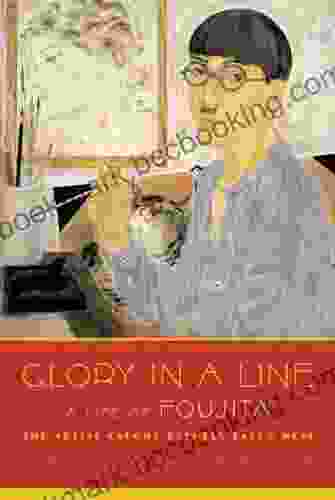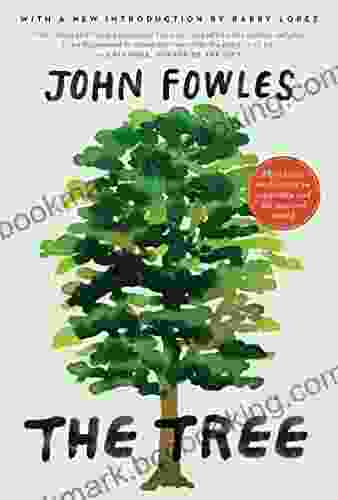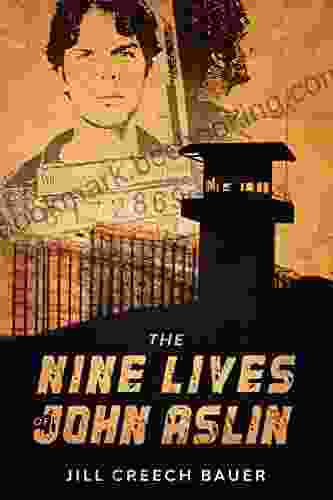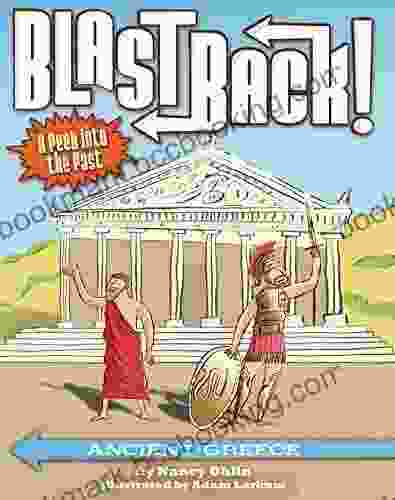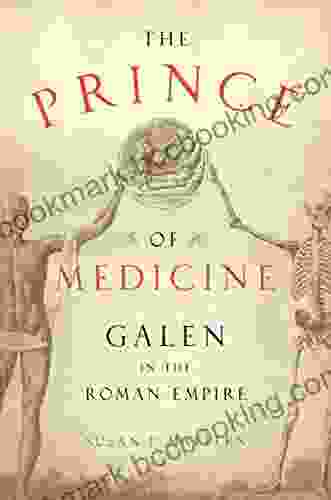The Enigmatic Life of Foujita: A Journey Between East and West

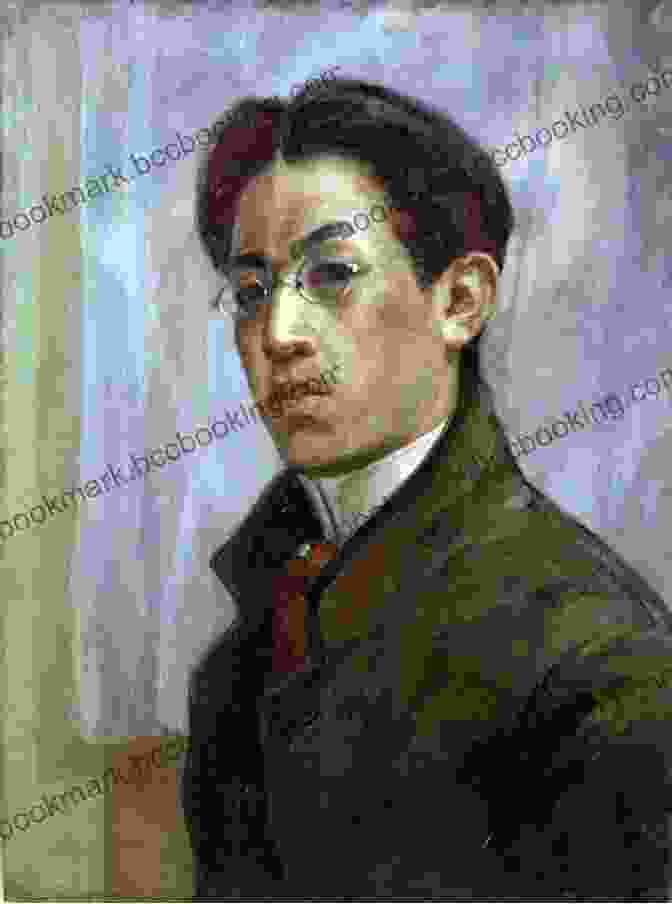
4.1 out of 5
| Language | : | English |
| File size | : | 3353 KB |
| Text-to-Speech | : | Enabled |
| Screen Reader | : | Supported |
| Enhanced typesetting | : | Enabled |
| Word Wise | : | Enabled |
| Print length | : | 379 pages |
A Tale of Two Worlds
Tsuguharu Foujita, born in Tokyo in 1886, emerged as an artist who defied conventional boundaries. His artistic journey spanned the vast cultural divide between East and West, shaping his unique and captivating style.
Drawn to the allure of Western art, Foujita ventured to Paris in 1913. After initial struggles, he found his niche within the vibrant artistic community of Montparnasse. Yet, despite his embrace of Western influences, Foujita never severed his connection to his Japanese heritage.
Orientalist Charm
Foujita's early works in Paris exhibited a strong influence from Orientalist art. His paintings depicted scenes of Japanese women in traditional dress, rendered in a delicate and idealized manner. These works resonated with Western audiences, eager for a glimpse into the exotic East.
However, Foujita's approach to Orientalism was far from superficial. He infused his paintings with a deep understanding and appreciation for Japanese culture, capturing the grace and beauty of his homeland.
The Art of the Line
One of Foujita's defining characteristics was his mastery of line. Inspired by both Japanese calligraphy and the fluid lines of European modernism, Foujita developed a unique style that was both elegant and expressive.
His brushstrokes flowed effortlessly, capturing the essence of his subjects with a few deft strokes. Whether painting cats, portraits, or landscapes, Foujita's lines exuded a sense of movement and vitality.
East Meets West in Paris
As Foujita's reputation grew, he became a central figure in the Parisian art scene. He established a studio in Montparnasse, where he hosted a lively circle of artists, writers, and musicians.
Among his close associates were fellow artists such as Amedeo Modigliani, Chaim Soutine, and Pablo Picasso. The exchange of ideas and inspiration within this vibrant community significantly influenced Foujita's artistic development.
A Bridge Between Cultures
Foujita's art became a bridge between Eastern and Western aesthetics. He deftly incorporated elements of Japanese art into his Western-inspired works, creating a unique and harmonious synthesis.
His paintings often featured Japanese motifs and calligraphy, juxtaposed with Western techniques such as oil painting. This cross-fertilization of cultures resulted in a captivating visual language that transcended geographical boundaries.
Later Years and Legacy
In his later years, Foujita divided his time between Paris and Japan. He continued to create prolifically, producing a wide range of works, from paintings to sculptures and ceramics. His art remained infused with the traditions of both cultures while evolving to reflect his personal experiences and spiritual beliefs.
When Foujita passed away in 1968, he left behind a remarkable legacy that continues to inspire artists to this day. His ability to harmoniously blend Eastern and Western influences has made him a unique figure in the art world.
Exploring Foujita's Life and Art
In this article, we have taken a glimpse into the captivating life and art of Tsuguharu Foujita. His journey between East and West, and his ability to bridge the gap between two worlds, make his story an enduring inspiration.
To delve deeper into Foujita's remarkable legacy, we recommend the following resources:
- The book "Foujita: The Artist Caught Between East and West" by Michael C. FitzGerald provides a comprehensive exploration of his life and work.
- The Foujita Museum in Tokyo showcases a significant collection of his paintings and personal belongings.
- Online galleries and auction houses offer opportunities to view and acquire Foujita's artworks.
Through his art, Tsuguharu Foujita invites us to embrace the beauty of diversity and appreciate the connections that transcend cultural boundaries. His life and work serve as a testament to the transformative power of art in bringing people together.
4.1 out of 5
| Language | : | English |
| File size | : | 3353 KB |
| Text-to-Speech | : | Enabled |
| Screen Reader | : | Supported |
| Enhanced typesetting | : | Enabled |
| Word Wise | : | Enabled |
| Print length | : | 379 pages |
Do you want to contribute by writing guest posts on this blog?
Please contact us and send us a resume of previous articles that you have written.
 Book
Book Novel
Novel Page
Page Chapter
Chapter Text
Text Story
Story Genre
Genre Reader
Reader Library
Library Paperback
Paperback E-book
E-book Magazine
Magazine Newspaper
Newspaper Paragraph
Paragraph Sentence
Sentence Bookmark
Bookmark Shelf
Shelf Glossary
Glossary Bibliography
Bibliography Foreword
Foreword Preface
Preface Synopsis
Synopsis Annotation
Annotation Footnote
Footnote Manuscript
Manuscript Scroll
Scroll Codex
Codex Tome
Tome Bestseller
Bestseller Classics
Classics Library card
Library card Narrative
Narrative Biography
Biography Autobiography
Autobiography Memoir
Memoir Reference
Reference Encyclopedia
Encyclopedia Jeswald W Salacuse
Jeswald W Salacuse Jennifer Ward
Jennifer Ward Jeremy Perry
Jeremy Perry Jenni Cheung
Jenni Cheung Jhumpa Lahiri
Jhumpa Lahiri Susan P Mattern
Susan P Mattern Martha Bergland
Martha Bergland Kiyoshi Takahashi
Kiyoshi Takahashi Jessica Jung
Jessica Jung Jessica Berger Gross
Jessica Berger Gross Timothy Leffel
Timothy Leffel Jemima Neal
Jemima Neal Jilly Hunt
Jilly Hunt Jemeker Thompson Hairston
Jemeker Thompson Hairston Speedy Art
Speedy Art Nicholas Harvey
Nicholas Harvey Jennifer Raff
Jennifer Raff Northrop Davis
Northrop Davis Jeremy Croston
Jeremy Croston Jp Pullos
Jp Pullos
Light bulbAdvertise smarter! Our strategic ad space ensures maximum exposure. Reserve your spot today!

 Shannon SimmonsUncovering the Secrets of Grave Peril: An Immersive Journey into the Dresden...
Shannon SimmonsUncovering the Secrets of Grave Peril: An Immersive Journey into the Dresden... Ralph Waldo EmersonFollow ·7.4k
Ralph Waldo EmersonFollow ·7.4k Norman ButlerFollow ·16.4k
Norman ButlerFollow ·16.4k George R.R. MartinFollow ·7.1k
George R.R. MartinFollow ·7.1k Doug PriceFollow ·18.6k
Doug PriceFollow ·18.6k Will WardFollow ·10.7k
Will WardFollow ·10.7k Dakota PowellFollow ·7k
Dakota PowellFollow ·7k Grayson BellFollow ·8.7k
Grayson BellFollow ·8.7k Fabian MitchellFollow ·15.8k
Fabian MitchellFollow ·15.8k
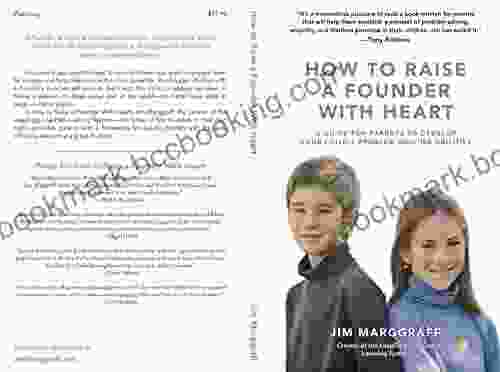
 Patrick Rothfuss
Patrick RothfussGuide for Parents: Unlocking Your Child's Problem-Solving...
As a parent, you...
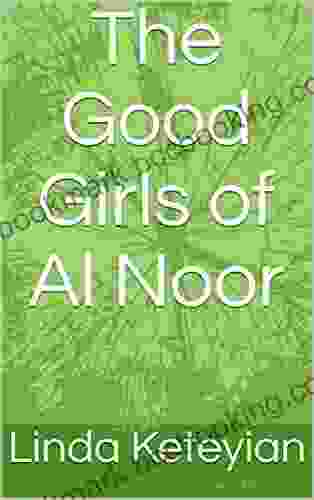
 Ignacio Hayes
Ignacio HayesThe Good Girls of Al Noor: A Gripping Tale of Hope and...
On March 15, 2019, a...

 Lee Simmons
Lee Simmons50 Games and Activities for All the Turkeys at Your...
Thanksgiving is a time for family, friends,...

 Sean Turner
Sean TurnerRewiring the World: From Edison to Google - The...
A Captivating...
4.1 out of 5
| Language | : | English |
| File size | : | 3353 KB |
| Text-to-Speech | : | Enabled |
| Screen Reader | : | Supported |
| Enhanced typesetting | : | Enabled |
| Word Wise | : | Enabled |
| Print length | : | 379 pages |


